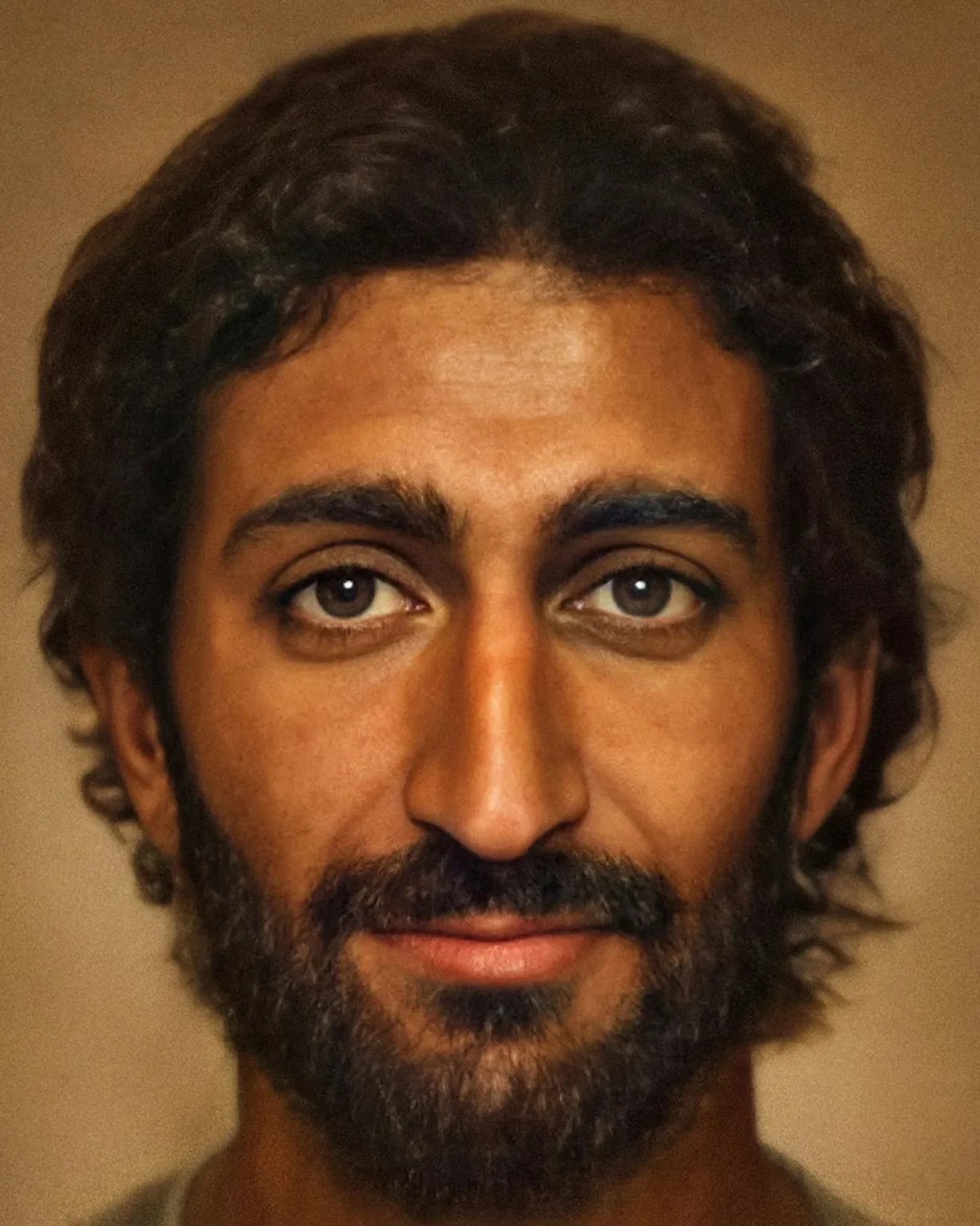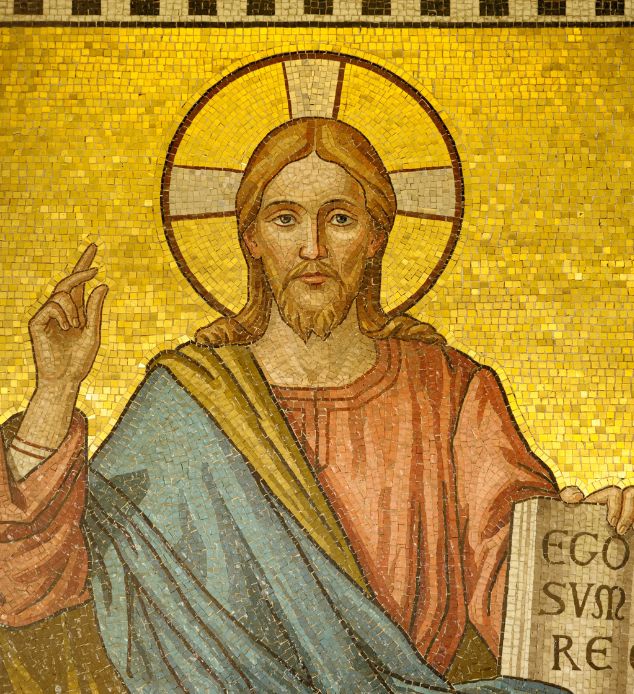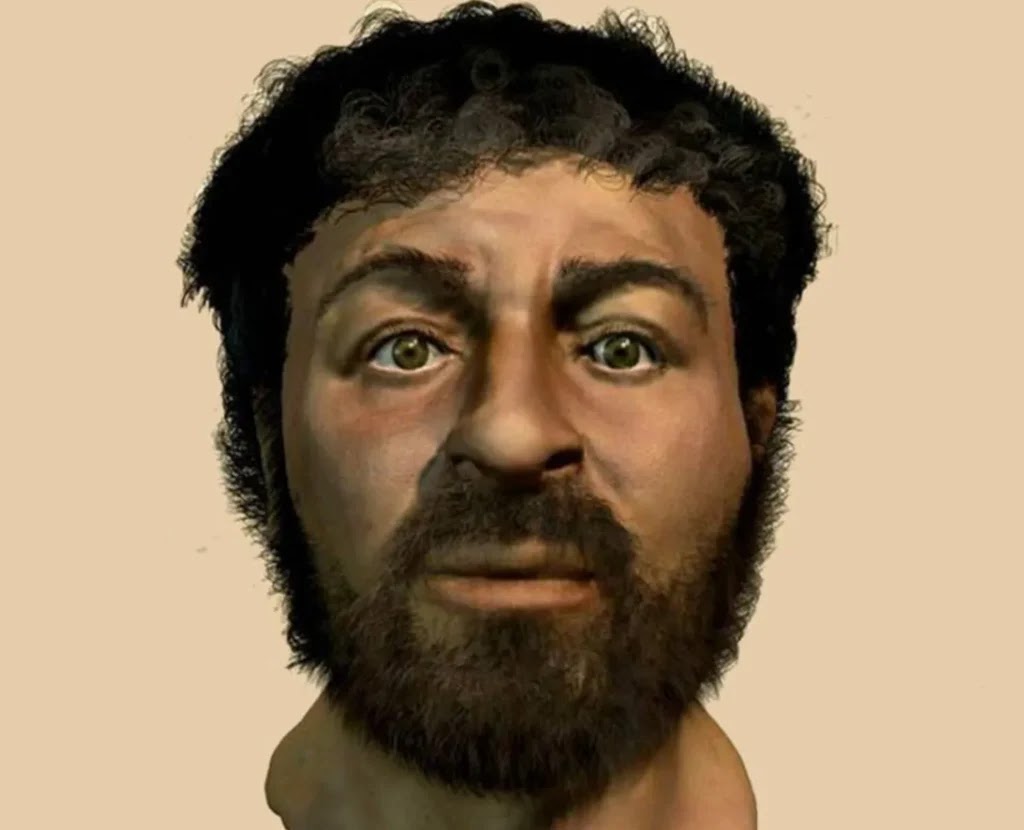
For nearly two thousand years, scholars and historians have been intrigued by the question: What did Jesus Christ really look like? The traditional images often seen, especially in Renaissance art, depict Jesus as a tall, fair-skinned European with flowing blond hair and striking blue eyes. But those pictures are not quite what history suggests.
Born in the region now known as modern-day Palestine, Jesus likely shared the physical traits common in that area: a shorter, sturdier build with curly black hair and a darker olive skin tone. Today, thanks to a wonderful piece of technology known as artificial intelligence (AI), we have an exciting new perspective on what Jesus may have genuinely looked like.
A New Technique for Visualizing Jesus’ Image

Bas Uterwijk, a Dutch photographer and artist skilled in digital image creation, has ingeniously used an AI program named Artbreeder to craft what could be a more accurate portrait of Jesus. This innovative tool blends photographs and artworks of countless faces to fabricate a composite image. Uterwijk drew inspiration from various ancient depictions, including Byzantine and Renaissance art like Leonardo da Vinci’s Salvator Mundi and impressions from the famed Shroud of Turin.
In Uterwijk’s words, “The AI operates using a neural network fed with thousands of images. By fine-tuning the ethnicity and styling it for a Middle Eastern look, I aimed to inch closer to a historically truthful image.”
His resulting image is quite different from the commonly seen European portrayals. Here, Jesus appears with shorter, curlier locks and a neatly kept beard, elements typical of 1st-century Judean customs.
Understanding the Historical and Cultural Context
The Bible tells us Jesus was born to a Jewish family in Bethlehem around 4 BC and spent some of his early years in Egypt before moving to Nazareth. Scholars, including Joan Taylor, who authored “What Did Jesus Look Like?”, have shared insights into what his appearance might have been.
According to Taylor, the average man of Jesus’s time stood approximately 5 feet 5 inches. Evidence from mummy portraits, ancient writings, and archaeological studies indicate that Judeans likely had dark olive skin, black hair, and brown eyes.
She notes, “The usual artistic images of Jesus emerged around the 4th or 5th centuries, showing him with long hair and a robe. But in truth, he was a Jewish man of his era, probably sporting short hair and a trimmed beard, essential for keeping clean due to frequent lice issues.”
Another Angle: A Forensic Viewpoint

In 2001, Richard Neave, an expert in forensic facial reconstruction, attempted to recreate the face of a man from 1st-century Judea. His creation, based on a skull from that period, aligns closely with Uterwijk’s AI image: painting a picture of a shorter, stockier man with dark features.
While these reconstructions aren’t foolproof, they challenge the long-standing European portrayals and remind us of the significant cultural influences in shaping those traditional images.
Why the AI Image Matters

This thoughtful digital rendering by Uterwijk has reinvigorated conversations about Jesus’s true appearance and offers a more inclusive historical perspective. This modern view distances itself from Eurocentric representations and welcomes the diversity of ancient Judea.
Taylor concludes, “Though Jesus’s message isn’t grounded in his physical form, getting closer to his true likeness enriches our understanding of his life and cultural context.”
These pioneering images and forensic insights prompt us to rethink how one of history’s pivotal figures might have appeared and to better appreciate the richness of his cultural background.
Join the Conversation
This new visualization of Jesus invites us all to reflect more deeply on history, culture, and faith. Why not share these insights with your loved ones and spark meaningful discussions about how our understanding of the past affects our view of the present?




